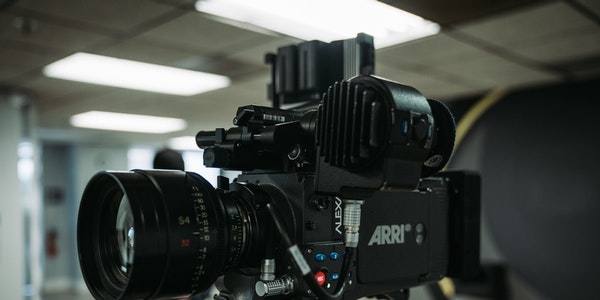Table of Contents
Basic knowledge of lens language
Montage: The transliteration of French montage, which originally meant assembling and cutting, refers to the arrangement and combination of a series of shots taken at different locations, from different distances and angles, and in different methods. It is the main narrative and expression method of film creation one. It can be roughly divided into “narrative montage” and “performance montage”. The former mainly aims at presenting events, and general parallel splicing and cross splicing (also known as parallel montage and cross montage) fall into this category. “Performance Montage” is to strengthen the artistic expression and emotional appeal, through the connection of “irrelevant” shots or the mutual contrast in content to produce new connotations that they did not originally have.
Editing: One of the film and television production processes, and also refers to the full-time staff responsible for this work. After the filming and TV series are finished, according to the requirements of plot development and structure, the pictures and vocal cords of each lens are selected, sorted and trimmed, and then grouped together according to the principle of montage and the most artistic order to become a film. Film and television works with complete content and artistic appeal. Editing is the decomposition and reorganization of film and television audio and video materials, and it is also a re-creation in the filming process.

Other nouns
Foreground: The person or object near the front or in front of the subject in the lens. In the lens picture, it is used to set off the subject, or form a part of the dramatic environment, and enhance the spatial depth of the picture, balance the composition and beautify the picture.
Back view: The person or object near the back or behind the subject in the lens. The background scene is sometimes used as the main or companion of the performance in the lens, but it is mostly part of the dramatic environment and sometimes directly constitutes the background.
Middle shot: The part in the middle of the screen. Generally, the subject will appear in the middle shot or the area between the front and middle shots.
Foreground, middle ground, and background are the basic levels of photographic composition. They can make the picture rich in layers and depth. The levels of some pictures are divided in more detail. For example, many pictures in Spielberg’s “Saving Private Ryan” can reach seven or eight levels.
Interior view: also known as “interior view of the shed”. Refers to the scene set up in the studio (including indoor or outdoor scenes).
Exterior scenes: scenes outside the studio, including real scenes such as natural environment and living environment, as well as indoor scenes built outside the studio. The advantages are real, natural and life-like.
Photo studio: a special building dedicated to filming film and television works. Larger studios generally have an area of more than 400 square meters to 1,000 square meters, with a height of more than 8 meters. The shed is surrounded by sky panels for drawing the background, equipped with various lighting facilities, sound conditions, as well as sound insulation, ventilation, temperature adjustment, drainage and other equipment. Various indoor and outdoor sceneries for shooting can be built in the studio.
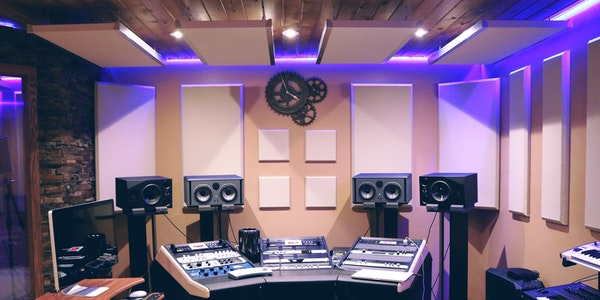
Modeling language: In the traditional sense, it refers to the sum of the means and techniques of painting, sculpture and other art categories that use certain material materials to create a visual and intuitive image. For film and television, various visual modeling art methods and techniques (such as line, color, light effect, tone, composition, perspective law, material structure, spatial processing, etc.) and sound modeling factors (volume, tone, tone, etc.) Movement, orientation, distance, etc.), together form their modeling language system.
Voice-over: refers to the use of sound outside the picture in film and television works, that is, the sound that is not directly emitted by the person or object in the picture, but the sound from outside the picture. Narration, monologue, and commentary are the main forms of voice-over. The out-of-picture use of audio is also an important form of voice-over. The voice-over makes the sound get rid of the subordinate position attached to the picture and video, and strengthens the audio-visual function of the film and television works.
Screen: A film projection device made of reflective or semi-transparent material, and its surface can be used to project images.
Widescreen movies: A new type of movie that emerged in the 1950s uses a screen wider than the standard screen, allowing the audience to see a broader scene. At present, the most common method is to use an anamorphic lens that compresses the picture horizontally to shoot and project widescreen movies, so that the aspect ratio of the projected picture is changed from 1:1.33 of ordinary screen movies to 1:1.66 to 1:1.85, so it is called For anamorphic movies.
Blocked widescreen movies: Also called “fake widescreen movies”, 35mm film is used. When shooting and projecting, a frame is added in front of the camera and projector film windows to cover the upper and lower sides of the frame to compress the height of the picture, but Without changing the screen width, you can get the same screen effect as an anamorphic movie. The method of making such a widescreen movie is relatively simple and has been widely adopted.

Sound and picture synchronization: that is, the sound and picture synchronization, which refers to the natural relationship between the dialogue, song, and sound in the film and television works that are consistent with the action of the picture, and the sound (including dubbing) and the picture image are kept in sync.
Parallel sound and picture: A situation in which the sound and picture of film and television works are not synchronized, also called parallel sound and picture, and separation of sound and picture. It refers to the closeness of the thoughts and feelings, character characters, artistic style, and dramatic conflicts between the sound and the picture in the film and television works. But the speed and rhythm are not synchronized. The sound and the picture are developed according to their own logic and complement each other. Its basic feature is that sound (especially music) repeats or strengthens the mood, tendency or meaning of the picture. Illustrative music and rendering music belong to the parallel music of sound and picture.
Sound and picture counterpoint: Another situation where the sound and picture of film and television works are not synchronized, including two artistic treatment methods: (1) Sound and picture contrast. The sound is consistent with the content and mood of the picture, but there is a contrast in measurement and rhythm. ⑵ The sound and picture are opposite. The sound is completely opposite to the image and mood of the picture.
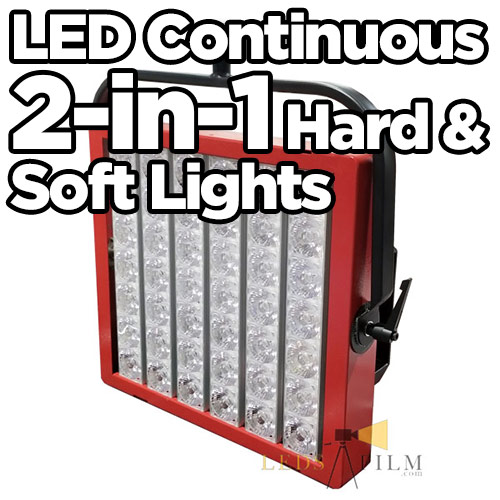
Scene and lens
“Scenery” refers to a single image on the screen and screen, which is an instantaneous spatial presentation. Different images are called “Scenes”. Both scenes and scenes are a spatial concept, but the “lens” heads are different. It is mainly a concept of time. A lens is all the images taken by a camera or video camera from start to stop. Therefore, a lens can be one scene, or two or more scenes.
Morphological scene shooting
Explanation
A lens can be drawn from the panorama to the middle, close or even close-up, or from the close-up to the close-up. The medium, panoramic and even distant scenes are determined and divided by the viewing distance. The so-called viewing distance refers to the distance between the camera and the subject. In a shot, or a movie sentence, it should include a variety of different scenes that have been strictly selected. Therefore, there are various sceneries.
Any film must use a variety of scenes, in a nutshell, it can be divided into five categories, namely long-range, panoramic, medium-range, close-up, and close-up. It is also divided into large panoramas and close-ups. The shape of each single lens is composed of the following four aspects:
scene
⑴ Scenery, distant view, large panorama, panorama, medium shot, medium and close shots, close shots, close-ups, close-ups. The definition of various scenes is based on the proportion of people in the picture. Such as the long-term view and the grand panorama, which mainly show that people are engulfed by the world around them or the fusion of people and nature. Panorama and mid-range mainly shoot the full picture or half of the person. It is closer to people’s conventional vision in life. Under normal circumstances, the application process is suitable for performance in such a balanced and stable scene.
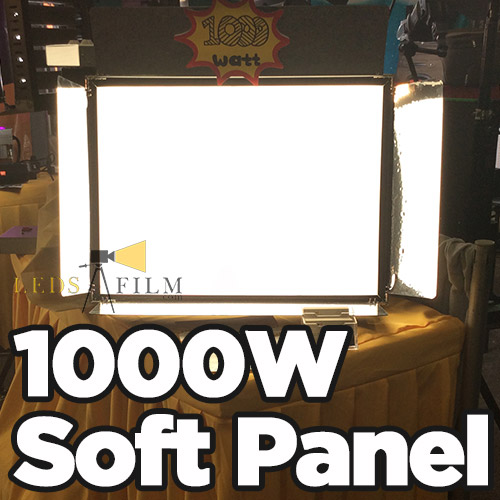
Close-ups and close-ups refer to shots above the chest or shoulders of a person. They focus the audience’s attention on the details of the image and expression like a magnifying glass. When the director wants to emphasize the instant reaction or passion of the characters, and give the audience emotional impact. The close-up shots and close-ups play a prominent role in his close observation. Macro close-up generally refers to a certain part of a person’s face or a certain special object prop. This is rarely used, but once used, it is a kind of unforgettable shot.
Scenery determines the degree of our relationship with people and things on the screen, and the different compositions it produces create disagreements in various modeling expressions. Through the change of sceneries, the audience will be far and near, and sometimes sloppy. Timely careful observation, sometimes browsing taste and sometimes clear observation method, is an important reason for the charm of the movie.
angle
⑵ Angle, the selection of the mirror position in the horizontal and vertical directions, is divided into front, side, back, flat, overhead and overhead shots based on the different azimuth relationship between the camera and the subject.
Mobile form
⑶ Moving form, moving the lens to push, pull, pan, move, raise, lower and integrated lens. The various motion forms of the lens are the modification and expansion of the angle and the scene, the displacement in many directions of horizontal, vertical, and vertical, to achieve the effect of observation in motion, which is complementary to the static observation of the fixed lens. The continuous change of the picture space caused by the motion lens restores the visual experience of the active person in the active world to a greater extent, approaching (pushing), leaving (pulling), looking around, shaking the head, and leaning over (shaking down) Watching while walking (moving), keeping up (following), floating up and down (lifting) and various complex dynamic observations (comprehensive movement) are all necessary means to describe the action more vividly.
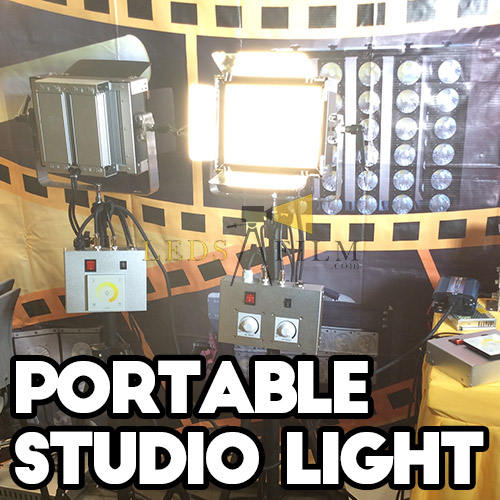
length
⑷Length, the time of the lens is converted to the length of the film. The camera shoots 24 frames and 1.5 feet per second; a 3-foot lens is 2 seconds, and a 90-foot lens is one minute. Usually the length of a film is one and a half hours, and the total length of the film is 90 (feet) x 90 (minute) = 8,100 feet (2700 meters). The number of shots in a story film is about 300-1000. If a 300-lens movie is 27 feet long and 18 seconds long, the average shot is 90 feet for a 900-lens movie. 6 seconds. From this rough calculation, we can see the meaning of the length of the shot-it is the medium through which the director creates the narrative rhythm of the film through time control.
The length of a lens is determined by internal and external factors. Internal factors are the constraints of the lens content and spatial form, and the strangeness and familiarity of the image content also affect the length of the lens. External factors refer to the need for the narrative rhythm of the scene paragraphs and the entire scene sequence. The calm story and the soothing method use long shots. Chase, violence, joy, horror scenes and thrills, wars, singing and dancing, etc. must be short. The lens is mainly. There is no uniform standard for the length of the lens. Scenery; angle; form of motion; length. Each lens is presented in front of us in the form of space and time, forming a content unit of the film.
